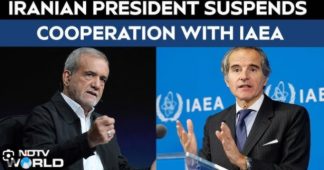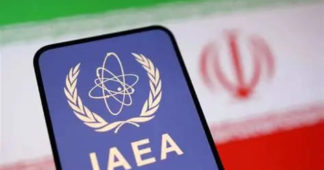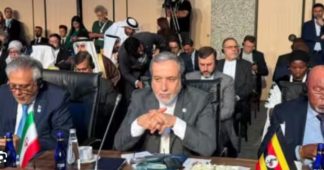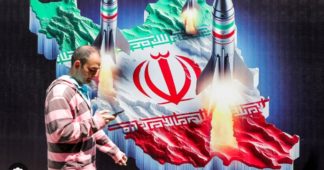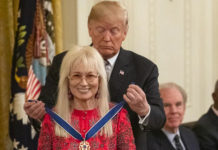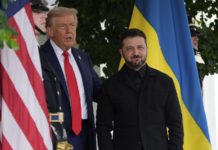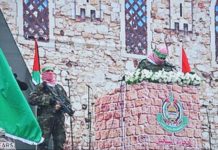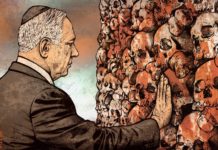July 4, 2025
“As long as the security of Iranian nuclear facilities is not ensured, Iran will suspend its cooperation with the IAEA,” parliamentary speaker Mohammad Bagher Ghalibaf said on state television last week, with President Masoud Pezeshkian signing off on the move this Wednesday.
The specifics of the measure, however, remain unclear.
For example, it is not yet known how it would affect the IAEA inspectors that remained in Iran throughout the 12-day conflict.
The Vienna-based UN agency hopes to gain more information on the state of the three of Iran’s top nuclear facilities — in Fordo, Isfahan and Natanz — which were targeted by the US-Israeli bombing.
It also unclear if Iran is willing to remain in the Non-Proliferation Treaty (NPT), the cornerstone of global arms control, after its facilities were hit.
“The fact that these facilities were attacked while under (IAEA) safeguards, while there is no evidence that they were being used for weaponization, is stirring the debate in Iran about whether the NPT still provides security value,” Kelsey Davenport, the Director for Nonproliferation Policy at the Arms Control Association think tank, told DW.
Ahead of the Israeli strikes on Iran, the IAEA warned that Iran was the only nation without nuclear arms that is enriching uranium at nearly weapons-grade levels and that it had enough material for several nuclear bombs. At the same time, however, the IAEA stressed it did not have “any proof of a systematic effort to move into a nuclear weapon.”
US helped Iran launch nuclear program
Tehran’s nuclear program has a long and complicated history going back to the 1950s and Shah Mohammad Reza Pahlavi.
The US-backed monarch decided to join an initiative launched by US President Dwight D. Eisenhower known as “Atoms for Peace,” which aimed to give other nations — especially developing ones — access to civilian nuclear technology. Iran took advantage of the offer to build the foundations of its own nuclear program.
Tehran also joined the IAEA in 1958, just a year after the UN agency was founded in Vienna.
The nuclear program was seen as a prestige project in Iran. The country wanted to boost its production of electricity and eventually produce its own nuclear fuel independently of foreign suppliers while also reducing the consumption of oil and gas.
In 1970, Iran signed the Non-Proliferation Treaty, which allows for civilian use of nuclear energy under the IAEA supervision.
The Islamist Revolution of 1979 left Iran in chaos.
The US stopped its deliveries of nuclear fuel to the research reactor in Tehran. In 1980, Iraq attacked Iran to take control of its oil fields, sparking an eight-year war. Western companies, including German ones, abandoned their cooperation with the Iran nuclear program.
In the early 1980s, rumors began circulating that Iraq was building a nuclear weapon.
Israel, who regarded the Saddam Hussein regime as more of a threat than the Iranian mullahs, actually used information provided by the Iranian secret services to bomb Iraq’s nuclear reactor Osirak in 1981.
After the Iran-Iraq war ended in 1988, Iran started importing technology from Pakistan, China and Russia to enrich uranium and develop its own nuclear fuel.
Please continue reading and see the very interesting videos at dw.com/en/
We remind our readers that publication of articles on our site does not mean that we agree with what is written. Our policy is to publish anything which we consider of interest, so as to assist our readers in forming their opinions. Sometimes we even publish articles with which we totally disagree, since we believe it is important for our readers to be informed on as wide a spectrum of views as possible.
